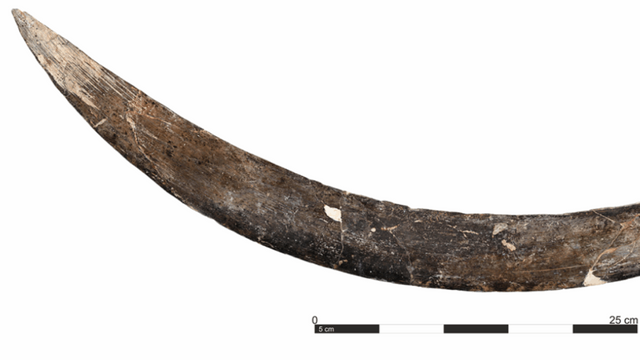Wow, this is a beauty! #Colombian #Indigenous elders explain some ancient #rockart to #archaeologists.
'Painted in vibrant ochre pigments, the high diversity of animal motifs—the artwork ranges from taxonomically specific to quite ambiguous, often showing a fluidity between humans and animals—holds key information for how those in the Amazon understood the world around them.
As archaeologists have studied in the area for the past six years, recently work turned to six of the artistic panels at the Cerro Azul outcrop. Speaking in Spanish and the Indigenous languages of Desana, Tukano, and Nukak, elders told archaeologists how the idea of transformation was a key theme throughout the art, including humans morphing into birds, sloths, lizards, and snakes.
Any time an animal appears in a non-realistic state, such as a panther drawn with two heads, they depict the spiritual world, Tukano-speaking Ismael Sierra said. A Desana elder told the team spirits themselves drew the art because of how high up in the rocks some of the art was.'
https://www.popularmechanics.com/science/archaeology/a63633494/amazon-rock-art/?utm_source=firefox-newtab-en-gb






